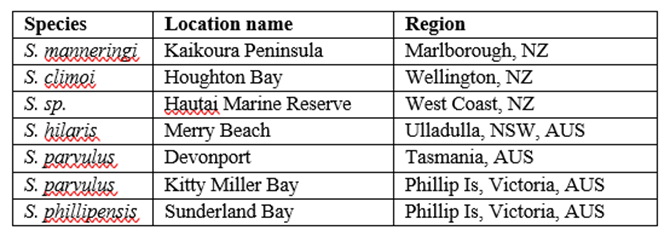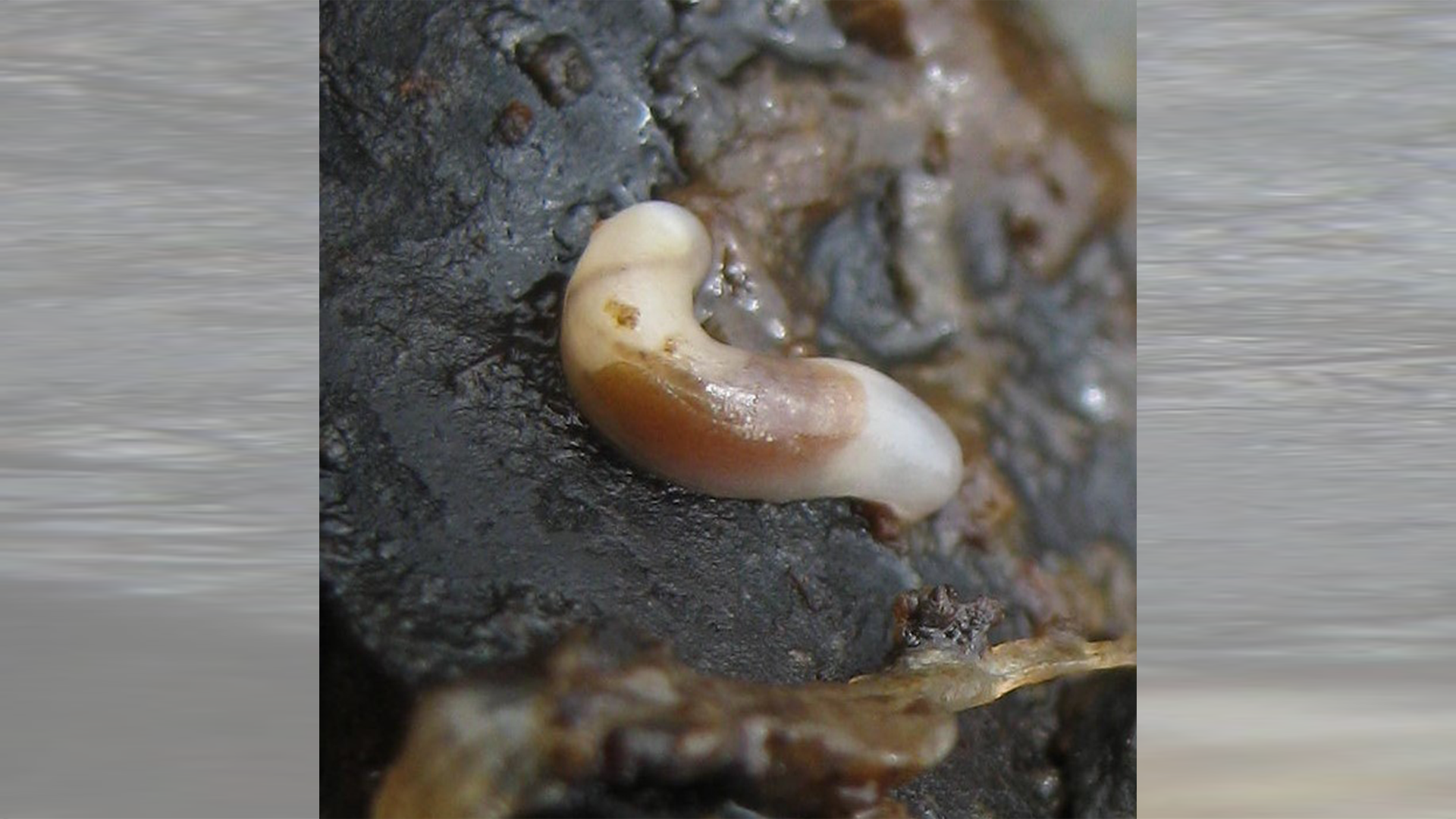ORC’s Freshwater Ecologist Ciaran Campbell says it was an “exciting discovery” to find the rare Smeagol within Otago, but highlighted there’s little known about Smeagol and its ecological role in nature.
Technically, Smeagol is an air-breathing, shell-less mollusc.
"While they’re small and unassuming creatures, Smeagol likely plays a role in recycling nutrients from beach-cast kelp back into the thriving ecosystems of the surrounding oceans.”
"However, their name, ecology, and threat status all give Smeagol an iconic status,” Mr Campbell says.
“The gravel maggot has a similar lifestyle to the Hobbit and Lord of the Rings character Smeagol, living below light-deprived gravel beach surfaces,” he says.
Gravel dwelling makes Smeagol very difficult to find and study as they tend to be 30cm to 1m below the surface and concentrated in relatively small areas, he says.
ORC is reaching out to Smeagol experts around the country with information on this exciting southern discovery, Mr Campbell says.
Four known populations in NZ
The only known New Zealand Smeagol populations – hundreds of kilometres distant of one another – are at Houghton Bay near Wellington, Kaikoura peninsula, plus there was an eDNA detection in 2022 on the West Coast at Hautai Marine Reserve; 85km south of Haast.
Traces of Smeagol eDNA was found at Akatore estuary in January, with ORC using the new and in-development eDNA science and analysis of Wellington-based Wilderlab NZ Ltd.
The sampling at Akatore estuary was undertaken by ORC’s Senior Environmental Technician – Biodiversity, Matt Salmon, who noted differences between the sandy silty habitat at Akatore estuary and where Smeagol have previously been found.
Wilderlab’s report noted the genetic signature of the Akatore Smeagol was also “slightly different” to that of the Wellington population, so it could potentially be a new species.
Mr Campbell says it's not known if the Akatore population is its own species or related to the others elsewhere, noting there are no known populations within 500km of Akatore.
Wilderlab’s eDNA science
The eDNA process works by passing a litre of water through a very fine filter which collects the DNA fragments of organisms; including animal and plant – in some other cases having detected hundreds of different organisms from one sample.
Mr Campbell says ORC have been sampling eDNA since 2021. The eDNA method is proving effective in detecting Smeagol, including this discovery in Akatore estuary and the recent discovery near Haast, he says.
Smeagol in New Zealand have previously been found in beach gravel of rocky, steep profile beaches between the high and low tide zones, where the gravels stay cool and wet, and are often restricted to areas of just a few hundred cubic metres of gravel.
Where Smeagol are found elsewhere

New Zealand Threat Classification system
Under the New Zealand Threat Classification system there are more than 500 species which meet the criteria for ‘Nationally Critical’ status including two species of gravel maggots; Smeagol climoi and Smeagol manneringi.
Smeagol’s threat status ranks alongside the somewhat higher profile of kākāpō, long-tailed bats, Australasian bittern, Māui dolphin, Antipodean albatross, Canterbury mudfish and Otago’s own Teviot flathead galaxias, Clutha flathead galaxias, and lowland longjaw galaxias.



